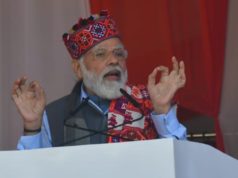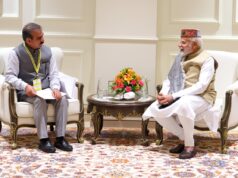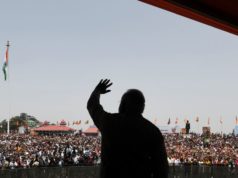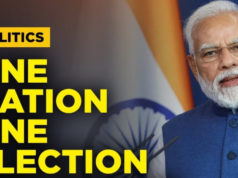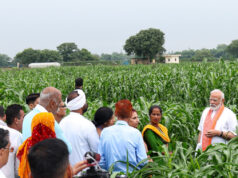State-of-the-art structure to accommodate 888 Lok Sabha members and 300 Rajya Sabha members
‘Sengol’ to be enshrined in the Parliament House, symbolizing the transfer of power
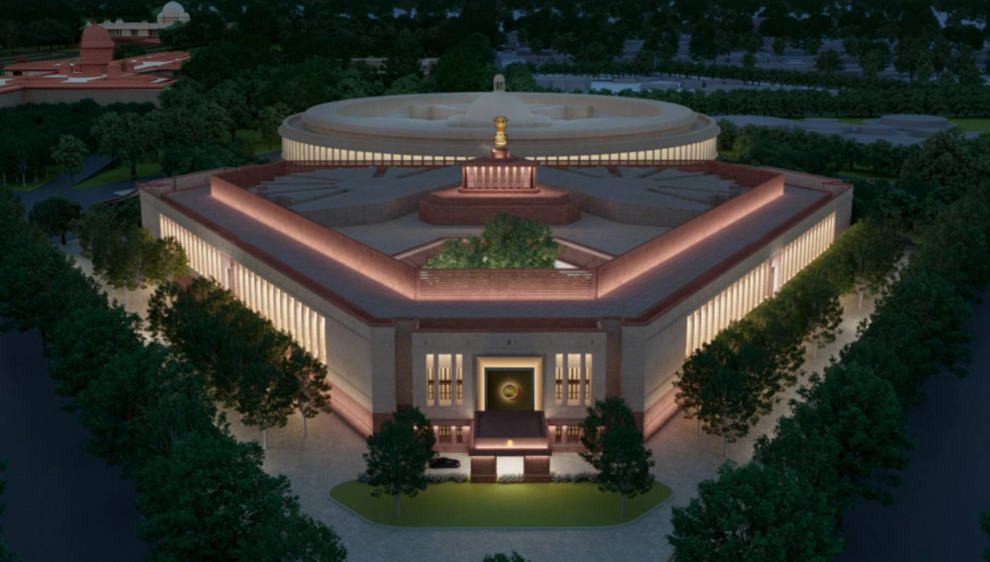
In a momentous event that will mark a new chapter in India’s political history, Prime Minister Narendra Modi is set to inaugurate the magnificent new Parliament building on May 28. The four-storey structure, designed by Ahmedabad-based HCP Design, Planning and Management, and constructed by Tata Projects Limited, is an architectural marvel that captures the spirit of India’s vibrant democracy.
The new Parliament House, constructed at an estimated cost of ₹970 crore, boasts a remarkable seating capacity of 888 for the Lok Sabha, compared to 543 in the old Parliament House. Similarly, the Rajya Sabha will accommodate 300 members, an increase from the previous 250. With these expanded capacities, the new building reflects India’s growing population and the need for greater representation.
An extraordinary aspect of the inauguration ceremony is the enshrinement of the sacred ‘Sengol’ within the Parliament House. This symbolizes the transfer of power and the preservation of ancient Indian traditions. The ‘Sengol’ holds deep cultural and spiritual significance, harking back to the historic moment on August 14, 1947, when the first Prime Minister of India, Pandit Jawaharlal Nehru, accepted it from a religious delegation from Adhinam in Tamil Nadu. Derived from the Tamil word ‘Semai,’ meaning morality, the ‘Sengol’ embodies the principles of justice and ethics that have guided India throughout its rich history.
The inauguration ceremony will also witness a display of inclusivity, as 20 Adheenam presidents have been invited to bless the new Parliament building. This diverse representation pays homage to India’s spiritual heritage and ensures that the ceremony resonates with the nation’s pluralistic ethos. Among the esteemed participants is 96-year-old Vummidi Bangaru Chetty, whose contribution to the building’s creation has been invaluable.
However, amidst the anticipation and excitement, a shadow of controversy looms over the event. Several opposition parties have raised concerns regarding the choice of the inauguration date, which coincides with the birth anniversary of Veer Savarkar. This has led to the decision of 19 opposition parties to boycott the ceremony, highlighting their discontent and emphasizing the need for broader consensus in such matters.
As the inauguration of the new Parliament building approaches, India stands on the cusp of a historic moment that merges modernity with tradition. The awe-inspiring architecture, the symbolic ‘Sengol,’ and the inclusive blessings from diverse spiritual leaders reflect the country’s deep-rooted values and aspirations. It is a testament to India’s commitment to democracy and progress, ensuring a vibrant future for the nation and its people.




